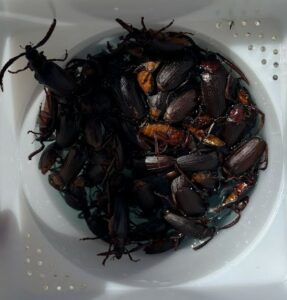
The Root of the Problem: Prionus Longhorn Beetles in Blueberries
Prionus longhorn beetles, notably Prionus laticollis, Prionus imbricornis, and Prionus californicus (Coleoptera: Cerambycidae), pose significant challenges in agricultural and …



El inglés es el idioma de control de esta página. En la medida en que haya algún conflicto entre la traducción al inglés y la traducción, el inglés prevalece.
Al hacer clic en el enlace de traducción se activa un servicio de traducción gratuito para convertir la página al español. Al igual que con cualquier traducción por Internet, la conversión no es sensible al contexto y puede que no traduzca el texto en su significado original. NC State Extension no garantiza la exactitud del texto traducido. Por favor, tenga en cuenta que algunas aplicaciones y/o servicios pueden no funcionar como se espera cuando se traducen.
Inglês é o idioma de controle desta página. Na medida que haja algum conflito entre o texto original em Inglês e a tradução, o Inglês prevalece.
Ao clicar no link de tradução, um serviço gratuito de tradução será ativado para converter a página para o Português. Como em qualquer tradução pela internet, a conversão não é sensivel ao contexto e pode não ocorrer a tradução para o significado orginal. O serviço de Extensão da Carolina do Norte (NC State Extension) não garante a exatidão do texto traduzido. Por favor, observe que algumas funções ou serviços podem não funcionar como esperado após a tradução.
English is the controlling language of this page. To the extent there is any conflict between the English text and the translation, English controls.
Clicking on the translation link activates a free translation service to convert the page to Spanish. As with any Internet translation, the conversion is not context-sensitive and may not translate the text to its original meaning. NC State Extension does not guarantee the accuracy of the translated text. Please note that some applications and/or services may not function as expected when translated.
Collapse ▲
Prionus longhorn beetles, notably Prionus laticollis, Prionus imbricornis, and Prionus californicus (Coleoptera: Cerambycidae), pose significant challenges in agricultural and …
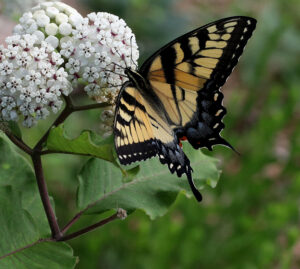
In late 2008, I planted a demonstration pollinator garden at Chatham Mills to provide forage from early spring to late fall for …

Media outlets all over the country have been hyping “giant invasive spiders that will fly into your local area …
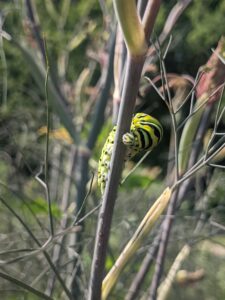
Insects in the Garden Have you ever wondered what insects are crawling through the garden? Many insects damage plants by …

During ongoing construction on campus, some routes and parking areas will be closed. In particular, the lot closest to …
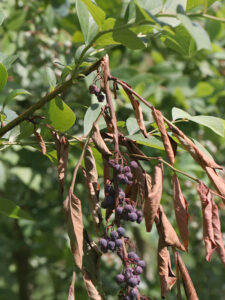
It seems we are finally on the other side of the “cicada invasion” which of course was not an …
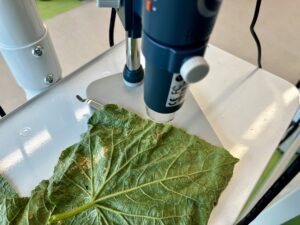
Pseudoperonospora cubensis is responsible for cucurbit downy mildew (CDM), which was detected in Sampson County on cucumbers on June …
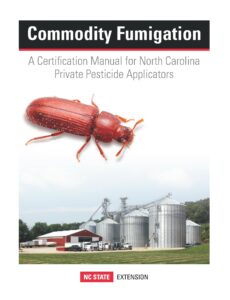
The North Carolina Department of Agriculture and Consumer Services (NCDA&CS) has created a new category for Private Applicator Commodity Fumigation …
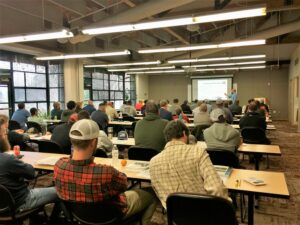
The fall 2024 Pesticide Safety Schools are available to those seeking initial licensing in one or more pesticide subcategories. To …
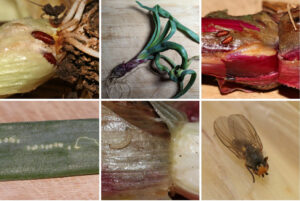
This spring some growers in the North Carolina piedmont have noticed unusual problems with their allium crops, primarily bulb …
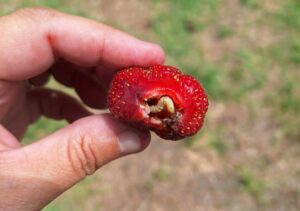
The corn earworm (Helicoverpa zea, Lepidoptera: Noctuidae), a significant pest known for its broad host range, has been reported …
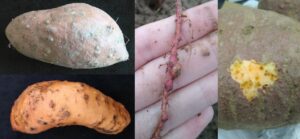
Nothing beats the delicious and nutritious sweetpotatoes from North Carolina. Yet the guava root-knot nematode (GRKN; Meloidogyne enterolobii) continues …
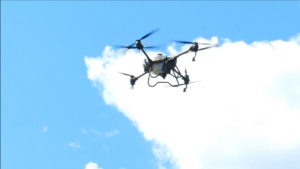
Interest in the use of unmanned aerial vehicles (UAVs), or drones as they are more commonly known, for pesticide …
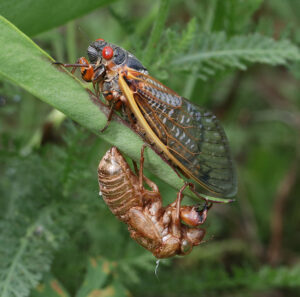
In case you haven’t heard, 2024 marks the emergence of the 13-year periodical cicadas (Magicicada spp.). The 13-year cicadas are known as Brood …
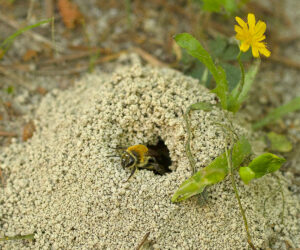
Every year, from mid-March through mid-April, I get calls from folks worried about all the bees hovering over their …
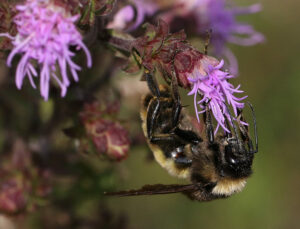
The April 2024 Chatham Conservation Partnership (CCP) meeting will focus on Bumble Bee Conservation. The webinar will be on Thursday, April 18 …
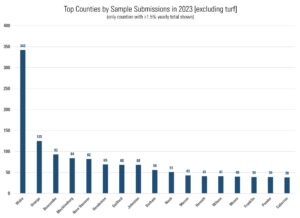
We’ve finally analyzed our 2023 samples and results, and we’re excited to share them! In total the Plant Disease and …
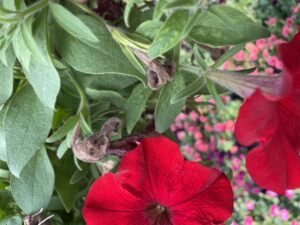
Botrytis blight (caused by Botrytis cinerea) is a well-known problem among greenhouse ornamental crop producers. This ubiquitous fungus has …
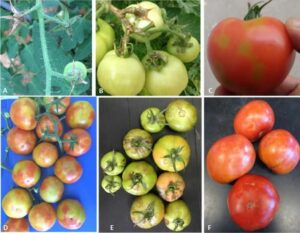
A recent study from the University of Florida discovered high incidences of two tomato viruses (ToBRFV and PepMV) in …

Due to to changes in University policy, we will no longer be able to accept cash payments for our …
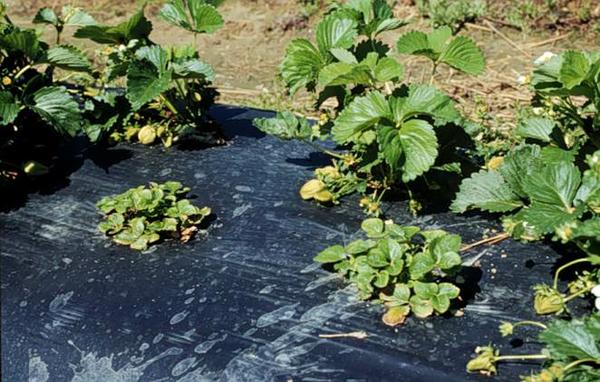
This publication offers information on phytoplasmas, organisms that multiply in the phloem of strawberry plants …
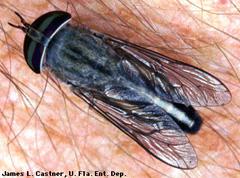
This Entomology Insect Note discusses identifying horse and deer flies and how to control them.
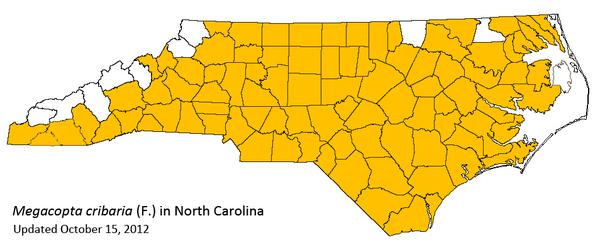
This Entomology Insect Note describes the identification, biology, behavior and control of the kudzu bug.
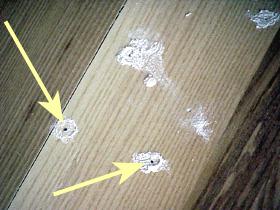
This insect note describes how to identify and control powderpost beetles and wood-attacking fungi.
This Entomology Insect Note discusses the steps to take before a pest management company arrives …

This entomology insect note discusses various methods for termite prevention in new home construction.
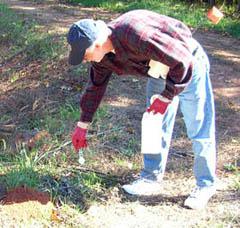
This Entomology Insect Note offers tips for baiting ants in an around homes.
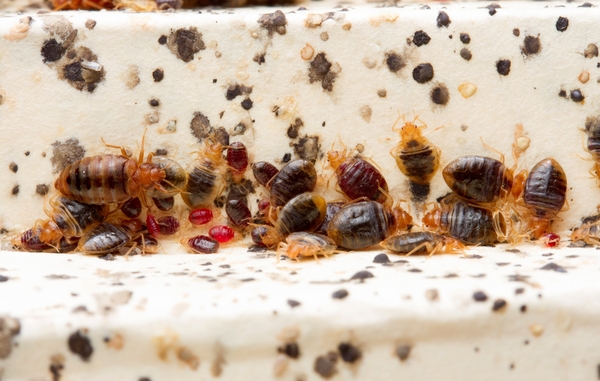
This Entomology Insect Note provides tips on preventing the spread of bedbugs.